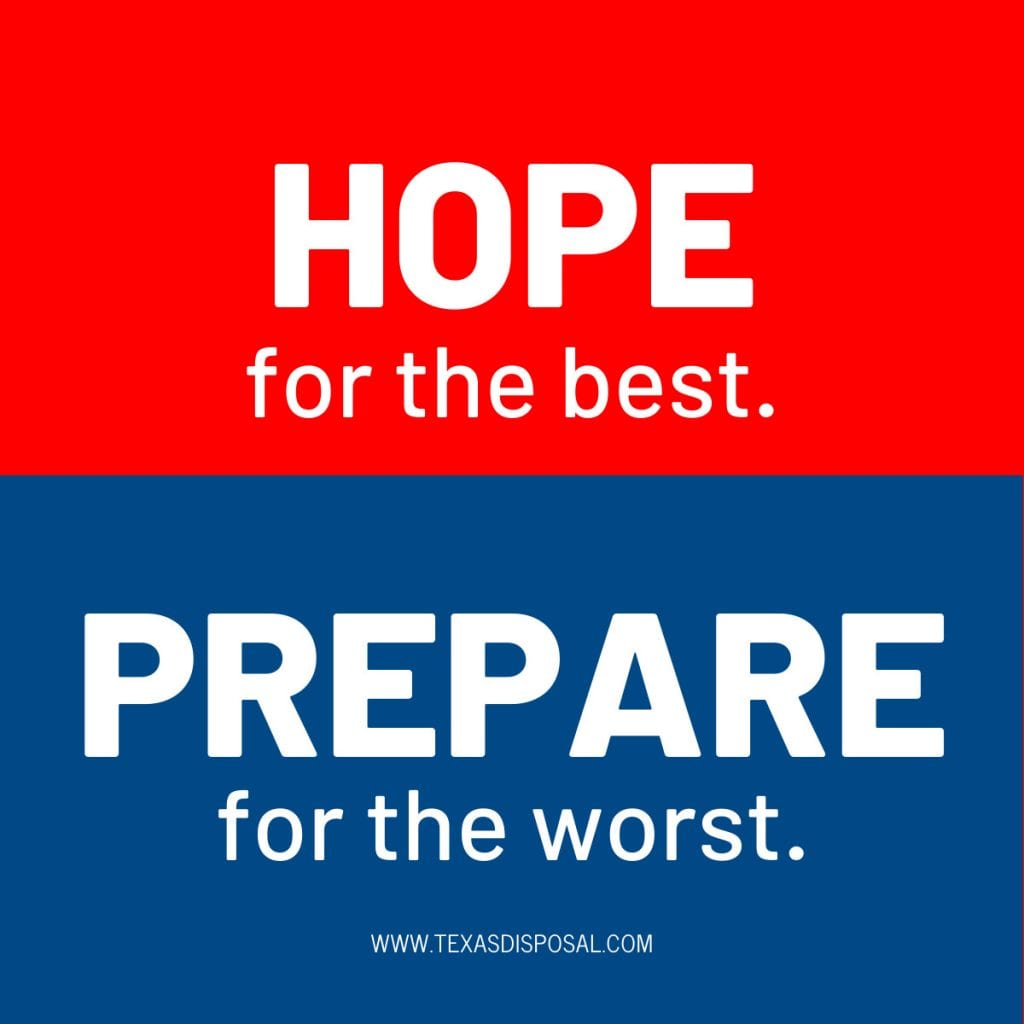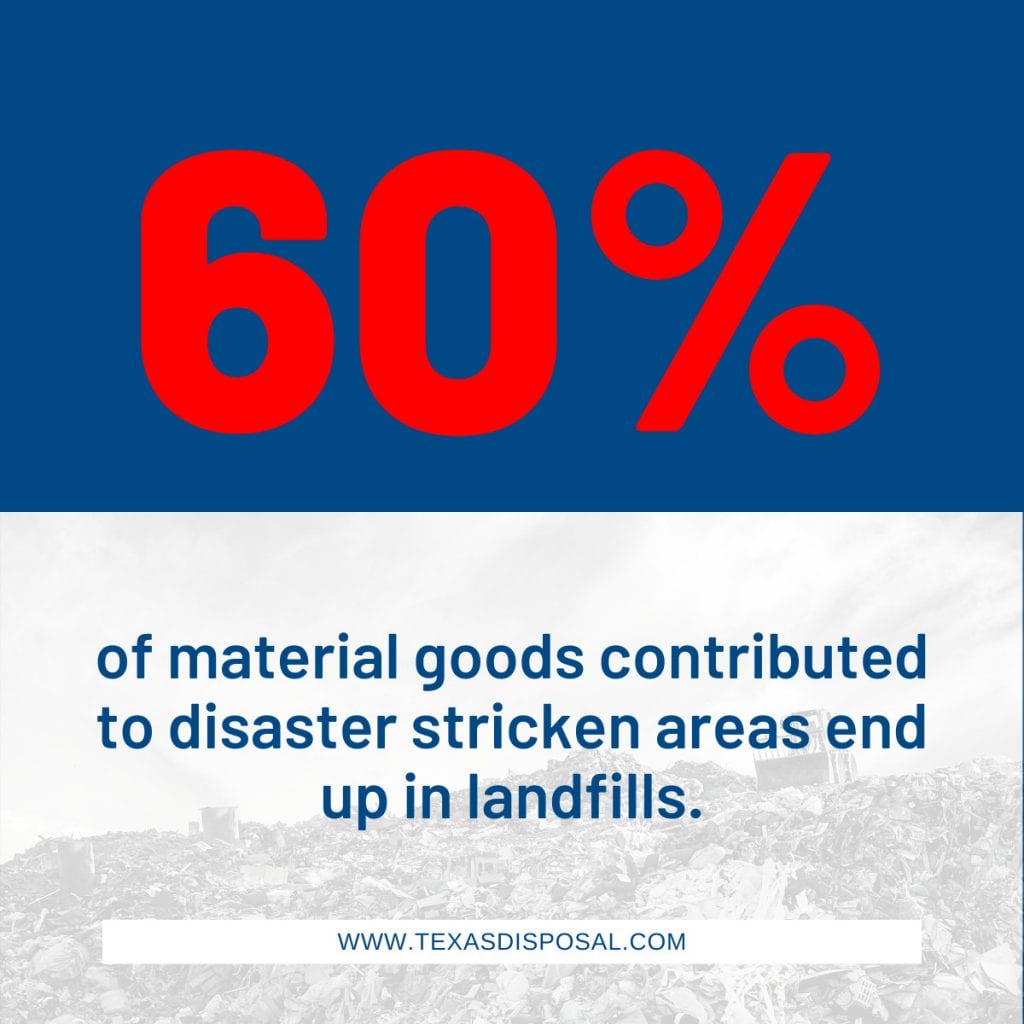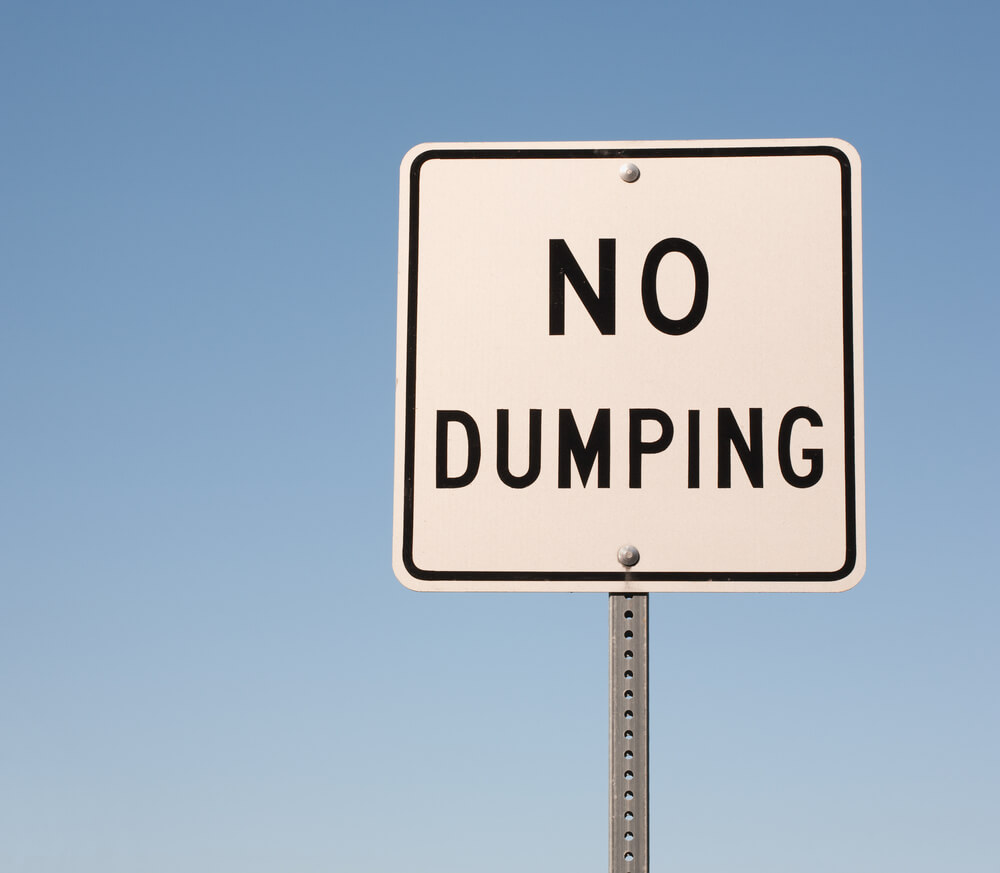When many people envision disaster relief, they probably picture anxiously watching the weather for a hurricane to blow across the coastline or for a snowstorm to bring a city’s industry to a halt.
However, disasters truly come in a variety of horrifying shapes and sizes, and they can affect anywhere from a state or region to an individual organization. In 2020, there were 22 major disaster events that caused more than $1 billion in damage each; with total estimated disaster costs exceeding the $95 billion mark.
What types of events were included in this reckoning? Thunderstorms and tornadoes caused the bulk of property damage (350+ tornadoes occurred in April 2020 alone), along with hurricanes, tropical storms and wildfires wreaking havoc across the country.
No one, except people who do this professionally, like emergency preparedness directors or business continuity managers, ever expects a disaster to strike. However, without dedicating resources to prepare and plan, it’s likely you could be caught flat-footed when a major incident does occur.
When you’re creating a plan, think about these three types of events that could occur. Then, start aligning the resources that will keep your organization running with as few service interruptions and as little unbudgeted expense as possible.
1. Plan for major events.
Imagine the worst that could happen, then imagine your response to it. Are you confident, or at a loss for how you’d keep your business running and continue serving customers?
To be successful at planning for disaster recovery, you need to be future-focused and attuned to the forces impacting your city, state and region.
Consider your vulnerabilities.
What resources does your organization need to be able to continue functioning during a time of high stress or crisis?
If a tornado strikes your building, do you have an adequate power supply to keep your customer service representatives connected to their computers?
If a water line breaks, do you have a back-up plan for restrooms and hygiene so your staff can continue their on-site work uninterruptedly?
Consider your strengths.
What are your organization’s strengths and ways that you could support the community in a time of crisis? What do you need to have in place in order to make this happen?
For example, construction companies often make themselves available to support pre-storm efforts, as well as post-event cleanups. To be a force for good during a community crisis, consider which tools your construction team might need to be effective – roll-off dumpsters for gathering debris or site services to allow volunteers to remain healthy and safe during the clean-up process.
Areas where evacuees are displaced because of storms or wildfires may require additional support, like beds or portable restrooms to create makeshift shelters.
2. Plan for extended events.
Many disasters feel short but sharp.
Sometimes the event itself may take place quickly, then require a great deal of time and money to resolve. A hailstorm or tornado, for example, may be in your area for only about 15 minutes yet create thousands of dollars in damages and require a great deal.
In other cases, a disaster can stretch on interminably. The pandemic we are currently living through is a good example of an extended crisis that places long-term pressure on organizations and municipalities, as well as on individuals.
Texas grocer/retailer H-E-B got ahead of COVID and created disaster preparedness/emergency response plans that have been described as a “masterclass in preparation and being ready to support your community.” By building a fleet of mobile generators, water tankers, mobile kitchens and more, the company can keep preparedness top of mind regardless of the type of disaster that strikes.
Other companies, regardless of size, industry and footprint, can take a page from this preparedness playbook. While they may not require their own continually accessible electricity and water supplies, they can plan for likely scenarios and build disaster relief partnerships that ensure resources are ready and accessible at a moment’s notice.
For example, in an ongoing crisis like COVID-19, hospitals and municipalities may need resources to build, staff, supply and provide waste processing/hazardous waste disposal for testing centers and field hospitals.
Even events like storms can leave an impact that lasts far beyond a few days, and the best intentions can fail without a strategic purpose uniting them. Volunteers and resources may be fast-flowing upon impact, but communities require longer-term support to get the community back up and running. And, the resources provided by well-meaning volunteers may not achieve their intended goals. The CEO of charitable relief organization Good360 estimated that, although well-meaning, 60% of material goods contributed to disaster-stricken regions end up in landfills.
With preparedness plans in place for long-term crisis management, you can ensure resources are used with greater discernment and that less waste occurs in the process.
3. Plan for isolated events.
When Superstorm Sandy (a 2012 hurricane that caused more than $70 billion in damages in the United States and the Caribbean) struck, even Fortune 100 companies in major cities like New York City ground to a halt. During a mass event of such magnitude, customer service and routine issues can fall to the wayside as everyone deals with the storm’s aftermath.
However, when an isolated event occurs, something that only affects your company or your city, it can be harder for customers to maintain an attitude of forbearance while you recover and get your services back in order.
You want to make sure you’re ahead of the game when it comes to disaster preparedness. Instead of waiting until you’re without electricity or water, then trying to track down portable restrooms or generators, have a disaster relief resource in place.
You can work with them to assess your property site and map out your contingency plans; to determine the resources you might need in different potential situations; and to get contracts in place so you’re not frantically trying to track down leadership and get sign-offs in the middle of managing urgent problems.
“Hope for the best and prepare for the worst” is an apt saying for people working to prepare their organizations for disasters. If you do plan wisely for the worst potential set of circumstances and get your vendors efficiently in order, you may never actually experience the worst, and you’ll be in better shape to take care of your employees, customers and community.





